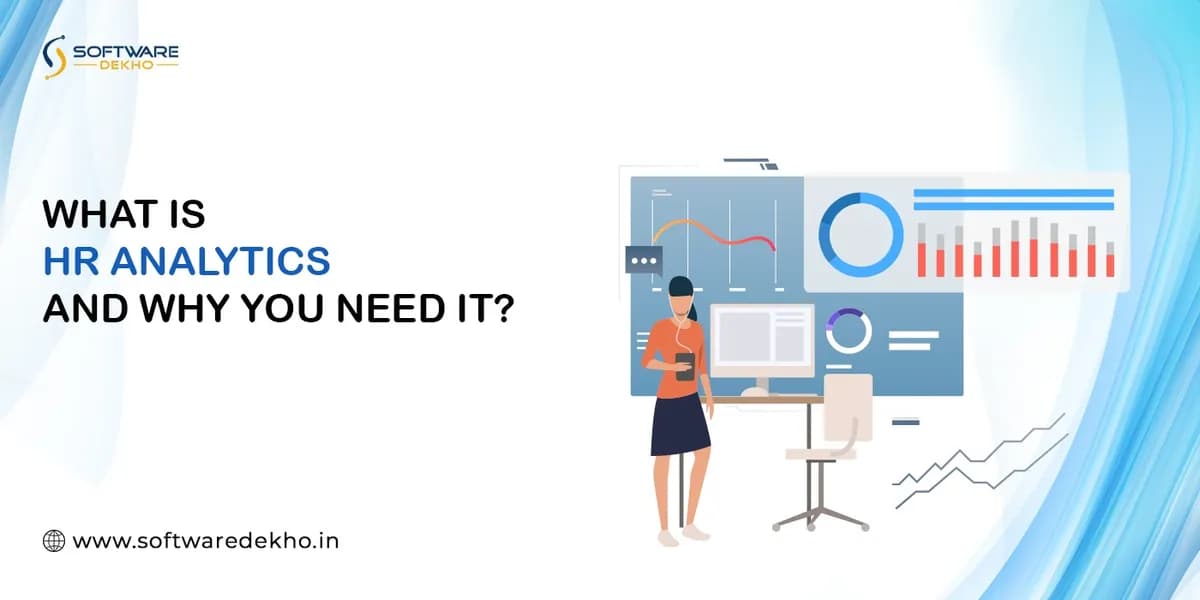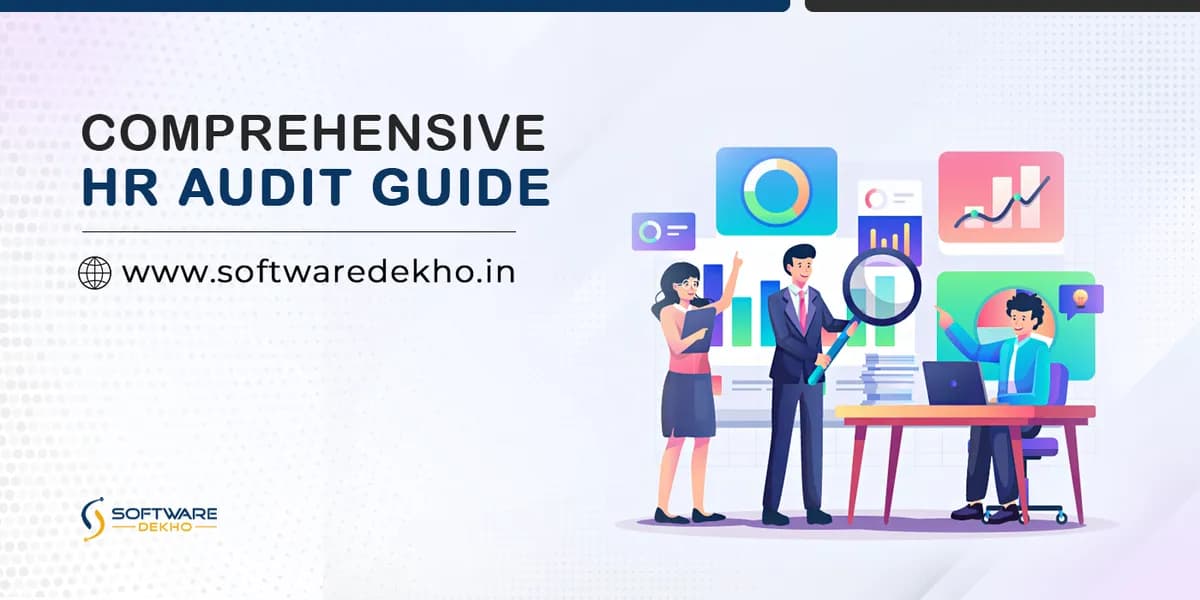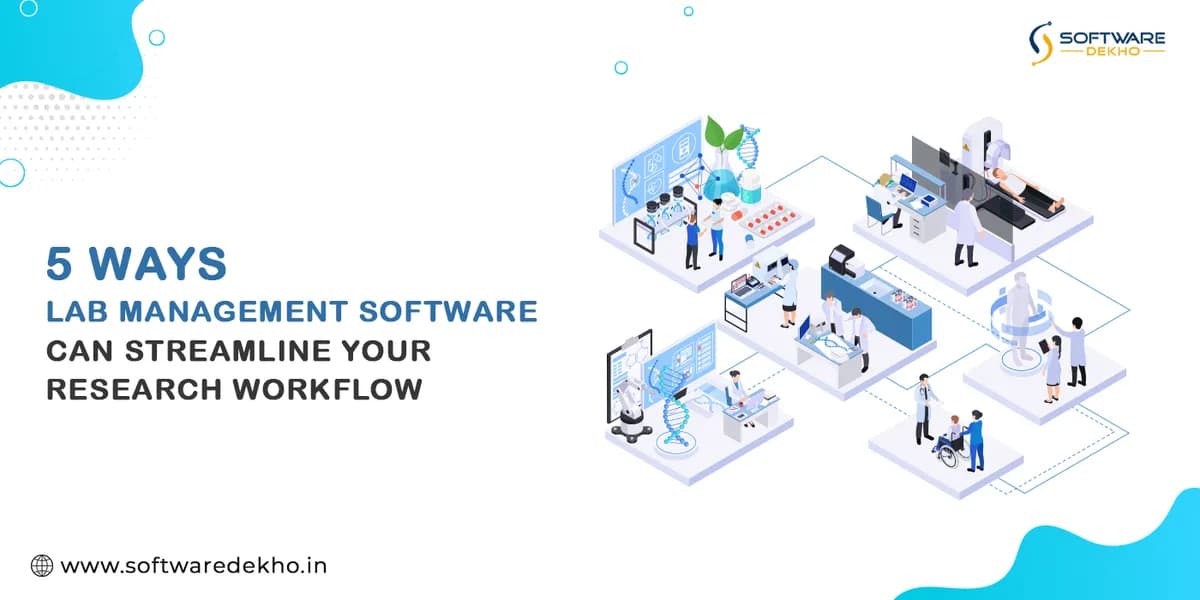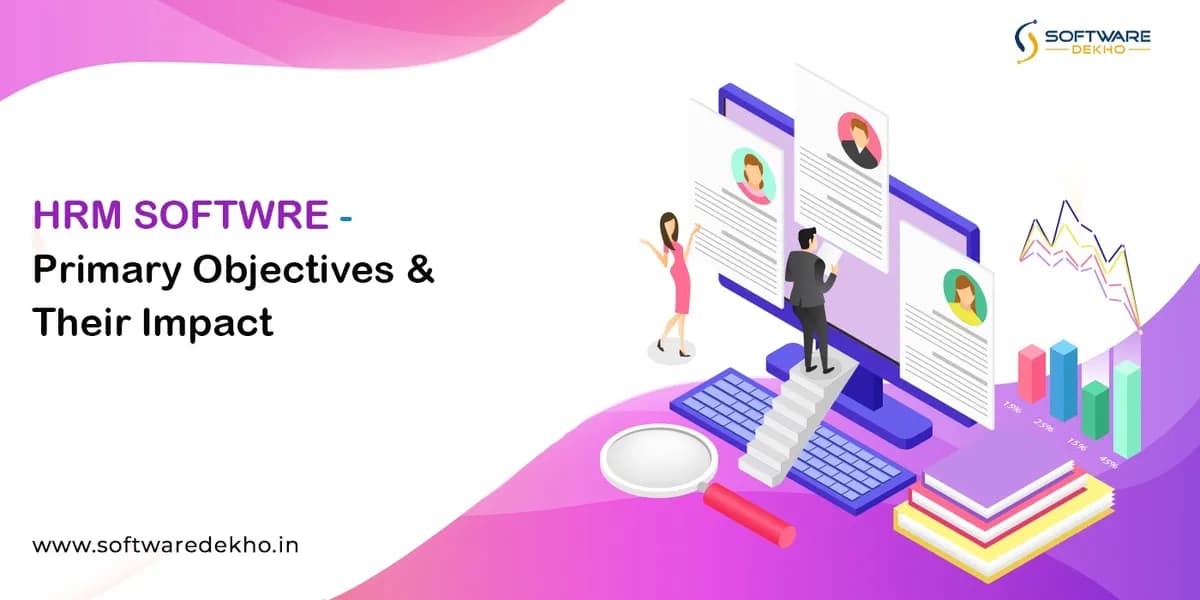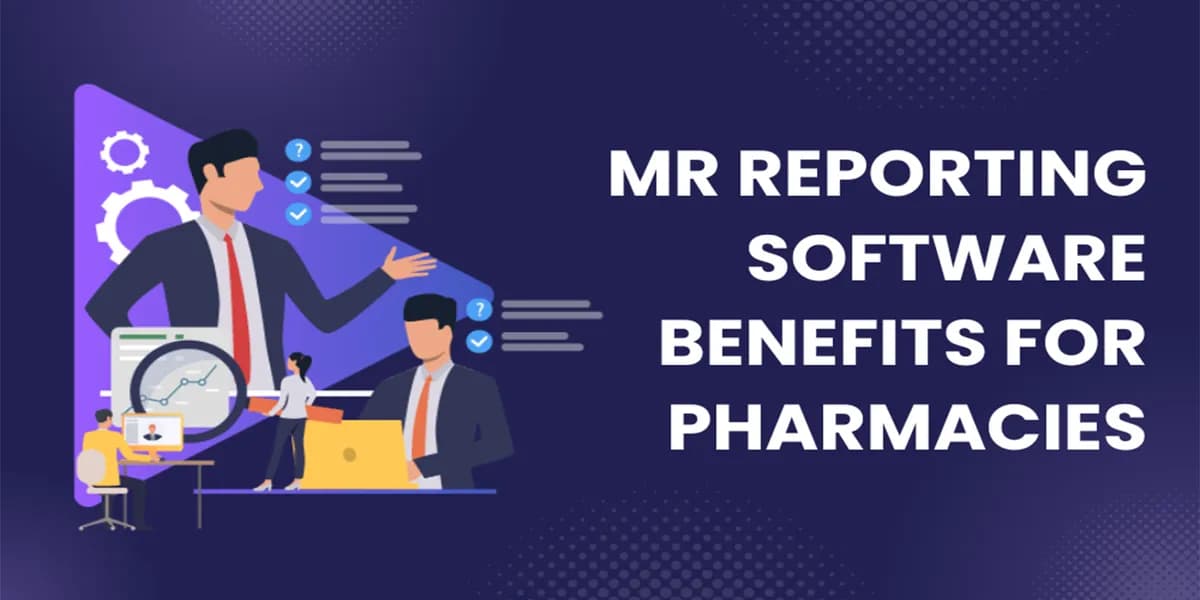What is HR Analytics and Why Do You Need it?
Human resource analytics, also known as HR analytics, is the use of data and statistical analysis to improve human resource management decisions and practices. In today’s rapidly changing business environment, companies are faced with the challenge of attracting, retaining, and developing talent to remain competitive.
ROI Measurement
One of the primary benefits of HR analytics is the ability to measure the return on investment (ROI) of HR initiatives. The key HR metrics are –
- Employee turnover
- performance
- engagement
By tracking these, companies can identify areas where they can improve HR practices and better allocate resources to initiatives that drive the most value. It can lead to a more strategic approach to HR, with a focus on initiatives that drive business results, rather than simply addressing tactical HR needs.
Identification of HR Risks
Another benefit of HR analytics is the ability to identify and address potential HR risks. For example, by analyzing employee turnover data, HR leaders can identify trends and patterns that may indicate a problem with employee engagement or working conditions.
This information can then be used to make changes that can improve employee retention and reduce the risk of legal and regulatory violations.
Legal and Regulatory Compliances
HR analytics also provides companies with a way to improve compliance with legal and regulatory requirements. For example, by analyzing diversity and inclusion data, companies can ensure that they are meeting their obligations under equal opportunity and anti-discrimination laws.
It can reduce the risk of legal and regulatory violations, as well as improve the reputation and credibility of the business.
Integration with other HR Systems
One of the key benefits of HR analytics is the ability to integrate data from multiple HR systems, including HR information systems (HRIS), learning management systems (LMS), and performance management systems.
So, it allows companies to get a complete picture of their HR processes, including talent acquisition, development, and retention, and to make data-driven decisions that can improve HR effectiveness and efficiency.
Predictive Analytics
Predictive analytics is an advanced form of HR analytics that uses machine learning algorithms to analyze data and make predictions about future trends and patterns.
For example, predictive analytics can be used to forecast future employee turnover, identify factors that influence employee engagement, and predict the impact of HR initiatives on business results.

Metrics and Key Performance Indicators (KPIs)
Metrics and KPIs are essential components of HR analytics. Companies need to identify the most important HR metrics and KPIs that are relevant to their business and track and analyze them regularly.
Some common HR metrics include –
- employee turnover
- performance
- engagement
- diversity and inclusion
Visualization and Dashboards
Visualization and dashboards are important tools for presenting HR analytics data in an accessible and meaningful way. By using dashboards, companies can quickly and easily see trends and patterns in HR data, identify areas for improvement, and monitor progress over time.
Role of Technology
Technology is a critical component of HR analytics, and companies need to choose the right technology to support their HR analytics needs. There are many HR software solutions available, each with different features and capabilities.
Companies need to assess their needs, evaluate their options, and select a solution that meets their requirements and supports their HR analytics goals.
Overcoming Resistance to Change
Finally, companies need to be prepared for resistance to change when implementing HR analytics. Some employees may be uncomfortable with the increased focus on data and analytics and can resist changes to HR processes and practices.
Companies need to communicate the benefits of HR analytics, provide training and support for employees and engage employees in the implementation process to overcome resistance and ensure a successful outcome.
Wrapping it Up!
In conclusion, HR analytics provides companies with a way to measure and understand the impact of HR initiatives on the business. By using data and statistical analysis to make informed decisions, HR leaders can improve the effectiveness and efficiency of HR processes, reduce HR risks, and support the development of a high-performing, engaged, and compliant workforce.
To be successful with HR analytics, companies must ensure that they have the right systems and processes in place, invest in training and development for HR staff, and address the challenges of data quality and the need for specialized skills.
You must conduct thorough research and read user reviews to choose the best software for your needs. So, take a look at our website to understand better!
